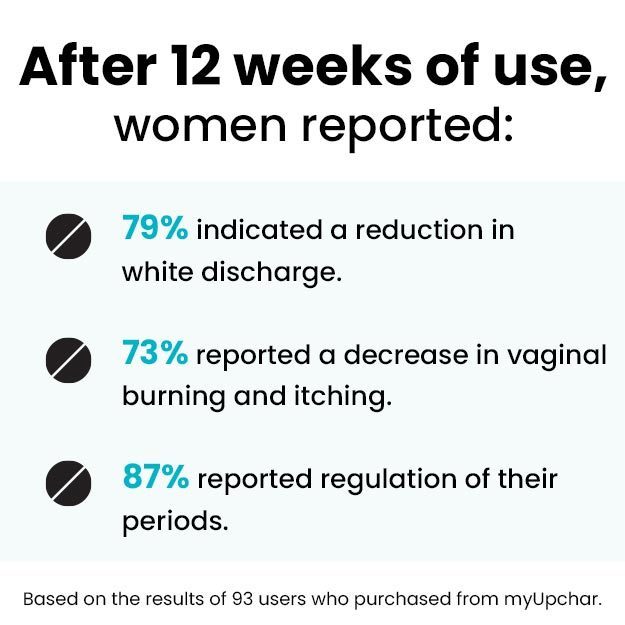Period pain, also called dysmenorrhoea, is the pain experienced during periods. Although pain is a common symptom of periods, excessive pain, which hinders the daily routine is not normal and needs to be treated. The degree of pain that is experienced by individuals varies greatly.
Dysmenorrhoea can be classified into two types, i.e., primary and secondary. Primary dysmenorrhoea has no underlying cause and is experienced by most women under normal conditions, especially during the initial years after the first period. Secondary dysmenorrhoea occurs due to any underlying condition like polycystic ovaries, ovarian or uterine tumours, etc. and is most commonly experienced by older women, especially women in their 30s or 40s. The symptoms of dysmenorrhoea vary depending on the type. The symptoms that are commonly experienced with dysmenorrhoea are nausea; vomiting; cramp-like pain in the lower back, abdomen and thighs; light-headedness; and tightness in the inner thighs. The period pain typically starts when the periods begin or earlier, and the first 24 hours are the most painful. Clots may also be seen in the menstrual blood during this time. Conventionally, the condition is easy relieved through home remedies or medications. Surgery is needed to treat the underlying conditions causing primary dysmenorrhea.
Homeopathic treatment of period pain includes individualised remedies that are prescribed on the basis of the patient's symptoms and physical and mental traits. There are several remedies that are recommended for the management of pain during periods. Some of these include gnaphalium polycephalum, gelsemium sempervirens, coffea cruda, cocculus indicus, collinsonia canadensis, chamomilla, hamamelis virginiana, veratrum album, magnesium phosphoricum, viburnum opulus, caulophyllum thalictroides, cactus grandiflorus and belladonna.































